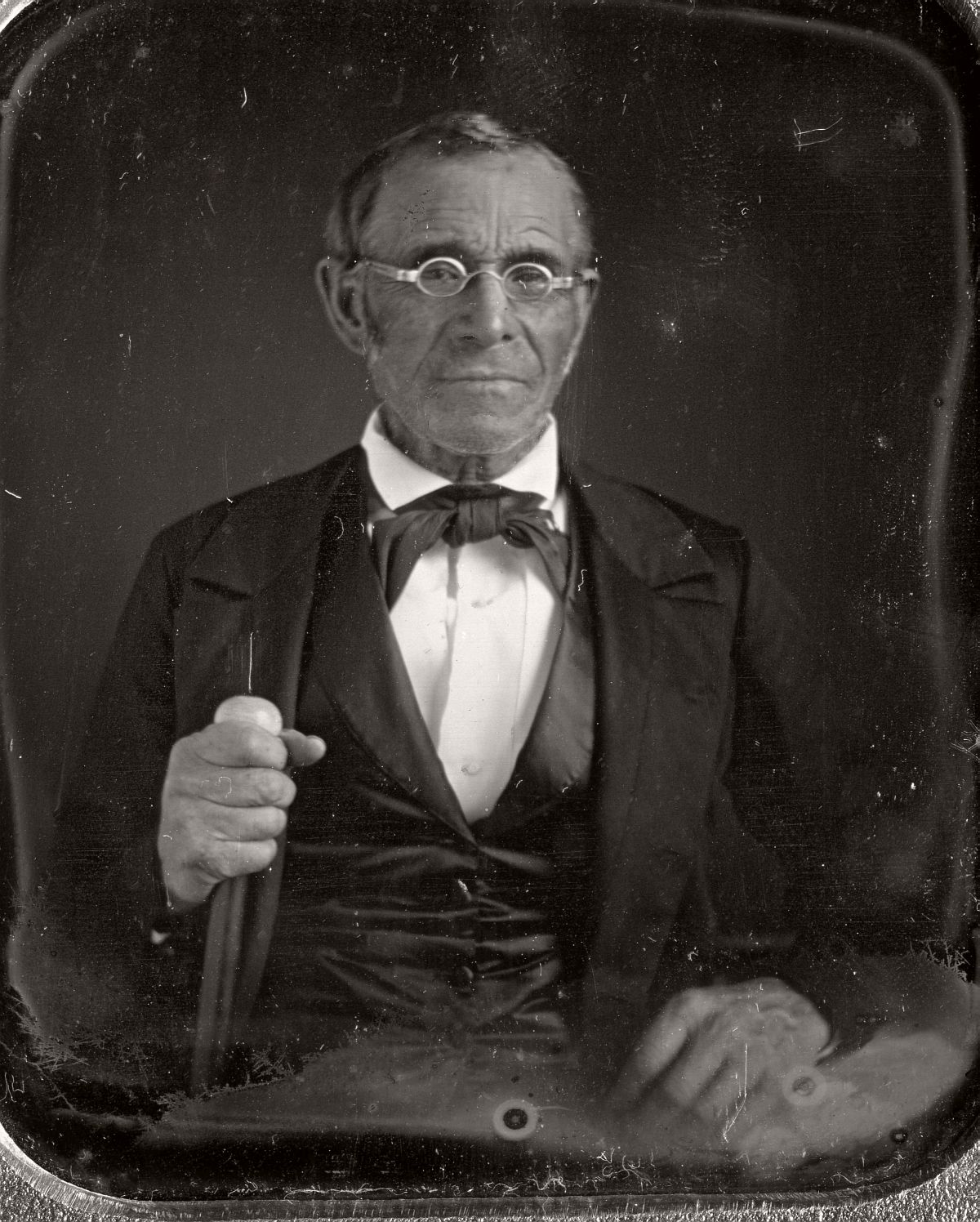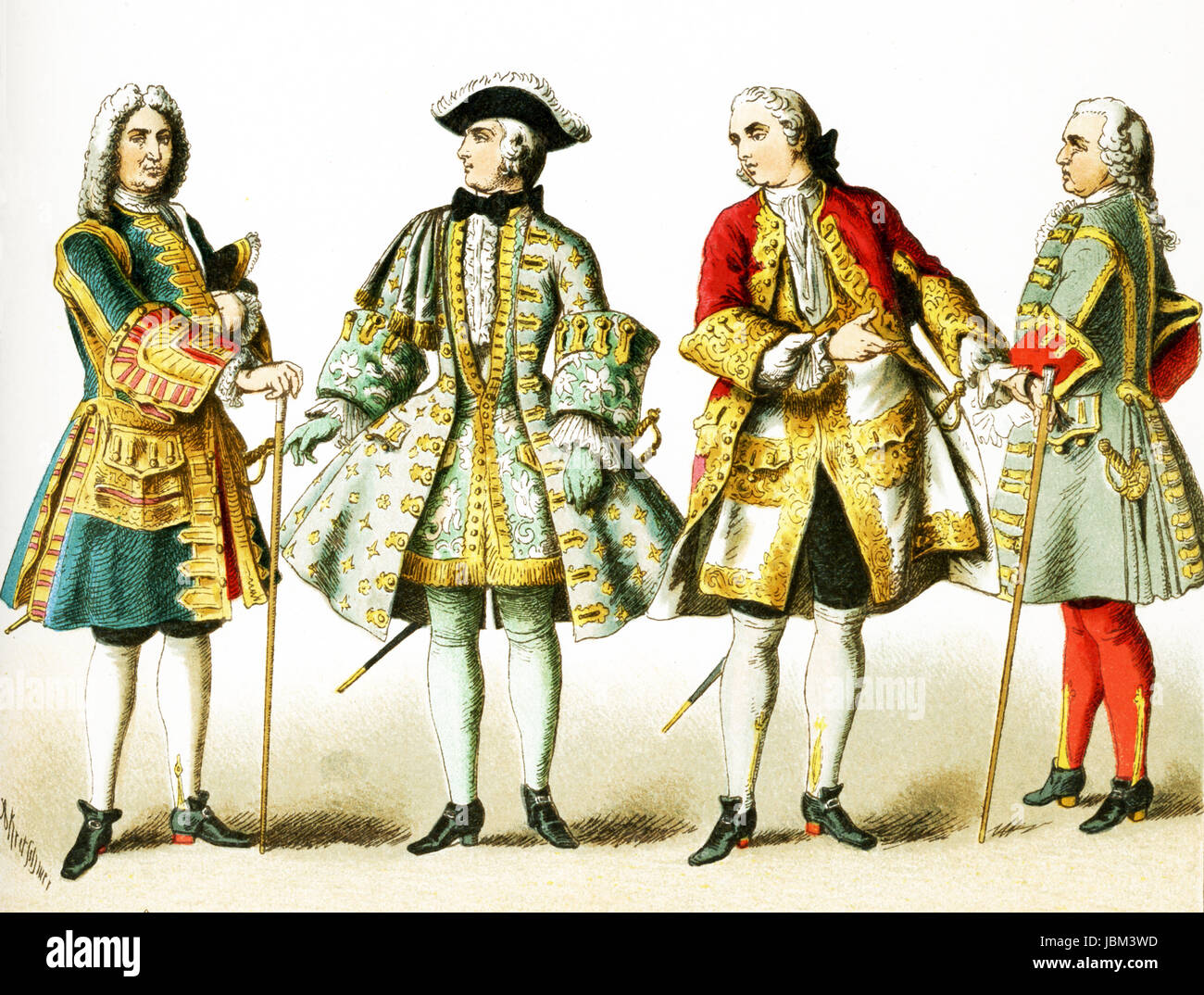Step back in time to the 1700s, a century marked by profound changes, innovation, and cultural shifts. This era, often referred to as the Age of Enlightenment, shaped the modern world as we know it today. The lives of people in the 1700s were filled with unique experiences, challenges, and advancements that defined their era.
Understanding the lives of people in the 1700s provides a window into history, offering valuable insights into how societies evolved. From agricultural practices to scientific discoveries, this period laid the foundation for many modern-day concepts. In this article, we will delve deep into the lives of people in the 1700s, exploring their daily routines, societal structures, and cultural achievements.
As we journey through this historical exploration, you'll discover how people in the 1700s navigated their world and how their experiences influenced future generations. Let's uncover the fascinating stories and milestones that defined this transformative century.
Read also:Vegamoviesrs Your Ultimate Destination For Entertainment
Table of Contents
- Historical Context of the 1700s
- Daily Life of People in the 1700s
- Social Structure in the 1700s
- Fashion Trends in the 1700s
- Education in the 1700s
- Technological Advancements in the 1700s
- Health and Medicine in the 1700s
- Warfare and Conflict in the 1700s
- Economic Conditions in the 1700s
- Conclusion
Historical Context of the 1700s
The 1700s, or the 18th century, is often regarded as a period of significant transformation across the globe. It was an era dominated by the Enlightenment, a philosophical movement that emphasized reason, individualism, and skepticism towards traditional authority. People in the 1700s experienced rapid changes in science, politics, and society.
This century saw the rise of powerful empires and the decline of feudal systems. The Industrial Revolution began to take shape, bringing about new methods of production and changing the economic landscape. Additionally, the American and French Revolutions emerged as pivotal events that reshaped political ideologies.
Key Events of the 1700s
Some of the defining events of the 1700s include the War of Spanish Succession, the Seven Years' War, and the establishment of colonies in North America. These events had lasting impacts on global politics and shaped the destinies of nations.
- War of Spanish Succession (1701–1714)
- Seven Years' War (1756–1763)
- American Revolution (1775–1783)
Daily Life of People in the 1700s
For people in the 1700s, daily life revolved around their roles within the family and community. Most individuals lived in rural areas, relying on agriculture as their primary source of income. Life was challenging, with long working hours and limited access to modern conveniences.
Roles and Responsibilities
Men typically worked in fields or trades, while women managed households and assisted in farming. Children contributed to the family's income by performing various chores and learning essential skills from an early age.
- Men: Farming, carpentry, and trade
- Women: Cooking, sewing, and childcare
- Children: Chores and education
Social Structure in the 1700s
The social structure of the 1700s was hierarchical, with distinct classes defining people's roles and opportunities. At the top were monarchs and aristocrats, followed by the clergy, merchants, and peasants. Social mobility was limited, and one's status was often determined by birth.
Read also:Hdhub4u Movies Hindi Dubbed Your Ultimate Guide To Streaming And Downloading
Class Distinctions
Each class had its own set of privileges and responsibilities. The upper classes enjoyed wealth and power, while the lower classes struggled to meet basic needs. Despite these disparities, the Enlightenment began to challenge traditional hierarchies, advocating for equality and justice.
- Monarchs and Aristocrats: Landowners and rulers
- Clergy: Religious leaders and educators
- Merchants: Traders and businessmen
- Peasants: Farmers and laborers
Fashion Trends in the 1700s
Fashion in the 1700s reflected the social and economic status of individuals. Elaborate clothing was a hallmark of the upper classes, while simpler garments characterized the attire of peasants. Men wore wigs, breeches, and waistcoats, while women adorned themselves with corsets, petticoats, and gowns.
Key Fashion Elements
The 1700s saw the rise of rococo fashion, characterized by intricate designs and luxurious fabrics. Accessories such as hats, gloves, and fans were integral to completing one's outfit. Fashion served as a form of expression and identity during this period.
- Men: Wigs, breeches, and waistcoats
- Women: Corsets, petticoats, and gowns
Education in the 1700s
Education in the 1700s was not universally accessible, with opportunities largely reserved for the wealthy. Boys from affluent families attended schools and universities, while girls received basic education at home. However, the Enlightenment encouraged the spread of knowledge, leading to the establishment of libraries and reading societies.
Advancements in Education
During this period, educational reforms began to take shape, emphasizing critical thinking and scientific inquiry. The printing press played a crucial role in disseminating knowledge, making books more widely available to the public.
- Boys: Formal education and apprenticeships
- Girls: Home-based education
Technological Advancements in the 1700s
The 1700s marked the beginning of the Industrial Revolution, a transformative period in technological development. Innovations such as the steam engine, spinning jenny, and cotton gin revolutionized manufacturing and transportation. These advancements improved productivity and laid the groundwork for modern industries.
Key Inventions
- Steam Engine: James Watt (1769)
- Spinning Jenny: James Hargreaves (1764)
- Cotton Gin: Eli Whitney (1793)
Health and Medicine in the 1700s
Healthcare in the 1700s was rudimentary compared to modern standards. Diseases such as smallpox, tuberculosis, and cholera were prevalent, and medical knowledge was limited. However, this era saw significant advancements in medicine, including the development of vaccinations and improved surgical techniques.
Medical Milestones
Edward Jenner's discovery of the smallpox vaccine in 1796 was a groundbreaking achievement in public health. The use of antiseptics and anesthesia also emerged during this period, enhancing patient care and surgical outcomes.
- Smallpox Vaccine: Edward Jenner (1796)
- Antiseptics: Joseph Lister (1867)
Warfare and Conflict in the 1700s
Warfare in the 1700s was characterized by large-scale conflicts and the use of muskets, cannons, and naval vessels. The Seven Years' War, often referred to as the first global conflict, involved European powers and their colonies. Military strategies evolved during this period, with emphasis on discipline and coordination.
Notable Conflicts
- Seven Years' War (1756–1763)
- American Revolutionary War (1775–1783)
- French and Indian War (1754–1763)
Economic Conditions in the 1700s
The economy of the 1700s was primarily agrarian, with agriculture forming the backbone of most societies. However, the rise of trade and commerce created new opportunities for wealth and development. Colonies in the Americas contributed significantly to the global economy through the production of goods such as sugar, tobacco, and cotton.
Key Economic Factors
- Agriculture: Primary source of income
- Trade: Expansion of global markets
- Colonialism: Exploitation of resources
Conclusion
The lives of people in the 1700s were shaped by a complex interplay of social, economic, and technological factors. This century, marked by the Enlightenment and the Industrial Revolution, laid the foundation for modern society. Understanding the challenges and achievements of this era provides valuable insights into human progress and resilience.
We invite you to share your thoughts and reflections on this article. Feel free to leave a comment or explore other articles on our website to deepen your knowledge of history and its impact on the present. Together, let's continue to learn and grow from the lessons of the past.
References:
- Encyclopedia Britannica: The Enlightenment
- History.com: American Revolution
- World History Encyclopedia: Industrial Revolution


